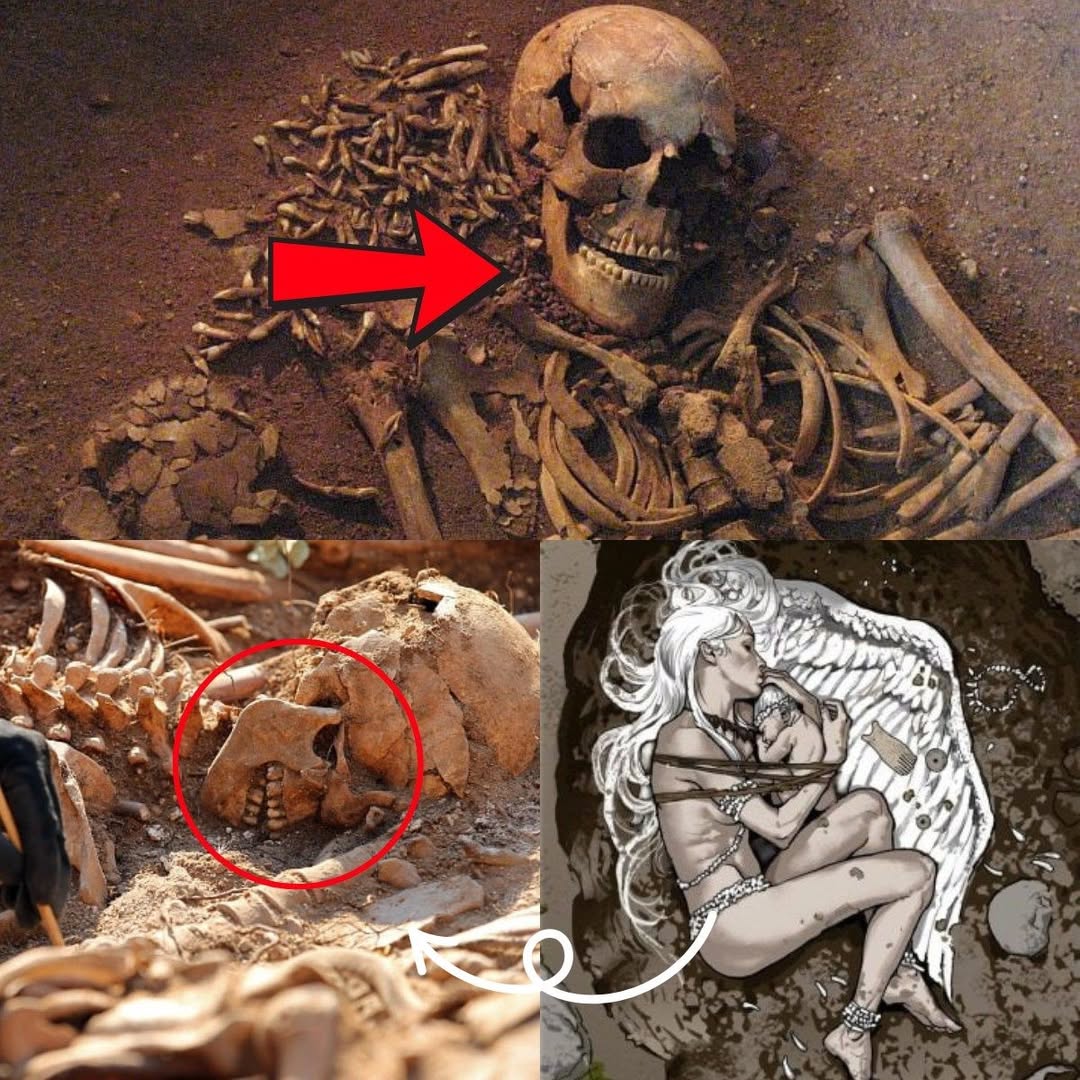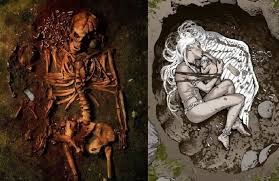6,000-Year-Old Bond: Mother and Child Burial Unearthed in Denmark

In a discovery that tugs at both the heart and the imagination, archaeologists in Denmark have unearthed a burial site dating back 6,000 years, revealing a mother and child laid to rest together in a tender, eternal embrace. This intimate snapshot of prehistoric life offers an extraordinary glimpse into the emotional depth of ancient communities, showcasing that love, loss, and familial bonds transcended millennia.

The careful positioning of the bodies, intertwined as if in a protective cocoon, speaks volumes about the relationship they shared. Accompanying the remains were modest grave goods, such as simple tools and pottery, hinting at ritual practices and a profound reverence for the cycle of life and death. Each artifact unearthed from the site adds layers to the narrative, telling stories of survival, care, and connection in a world that feels both distant and familiar.
As researchers meticulously study the skeletal remains and artifacts, they are confronted with questions that delve into the very essence of humanity. Who were these individuals? What names would have been spoken in their community? What did their society value most—family, survival, or perhaps a connection to the land? The burial practices observed offer clues to their customs and beliefs, suggesting that the bonds of kinship were sacred and that the passage from life to death was marked with deep respect and ceremony.

This remarkable find challenges our perceptions of prehistoric life, reminding us that even in the distant past, human emotion was as rich and complex as it is today. The intimate nature of the burial indicates that the love a mother has for her child is timeless, echoing through the ages. It prompts us to reflect on our own relationships and the enduring nature of familial love.
Moreover, this discovery has implications beyond the individual story of the mother and child. It invites us to consider the broader societal structures of ancient communities, their beliefs about the afterlife, and how they coped with loss. The careful burial suggests that rituals surrounding death were essential to their way of life, indicating a culture that valued not only survival but also the emotional well-being of its members.

In conclusion, the 6,000-year-old burial site in Denmark serves as a poignant reminder of our shared humanity. As archaeologists continue to piece together the fragments of this ancient life, we are drawn closer to understanding the emotional landscapes of our ancestors. This discovery enriches our appreciation for the profound connections that have always existed between mothers and their children, illuminating the timeless nature of love and loss that resonates across ages and cultures.











